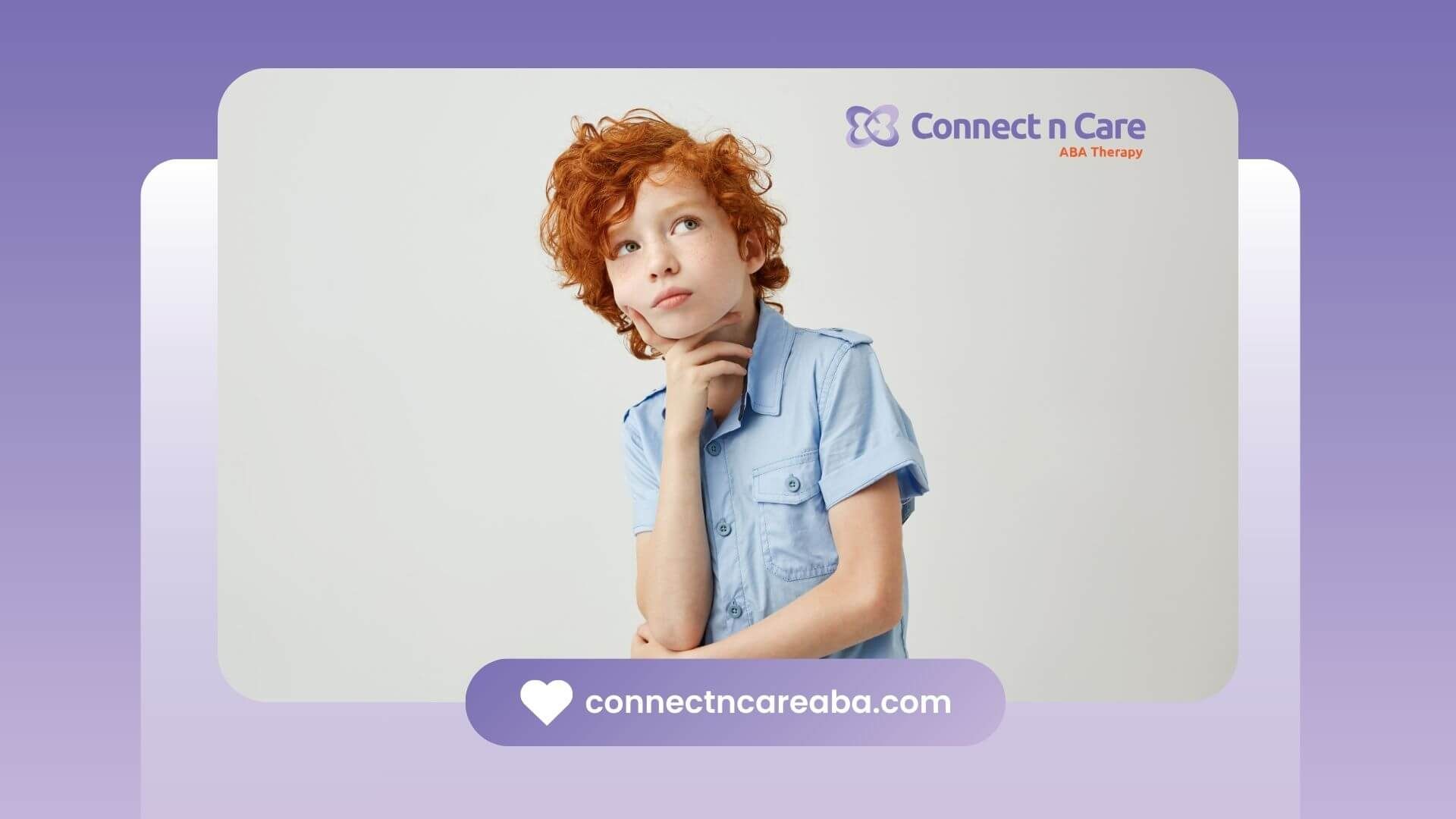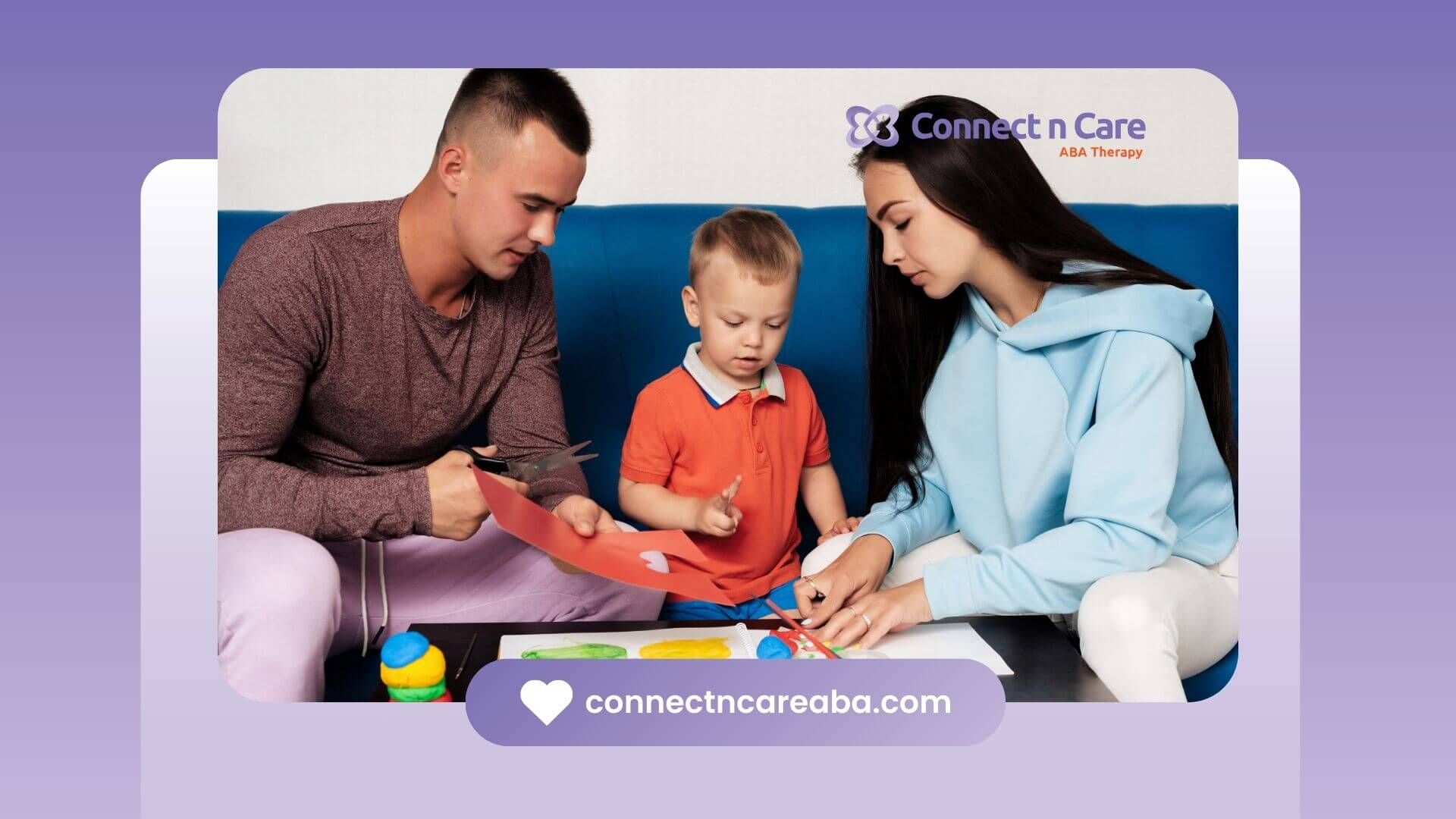Children with autism spectrum high intelligence often demonstrate a unique blend of advanced cognitive skills alongside core features of ASD. Recognizing how these strengths and challenges interact can empower families, educators, and therapists to shape supportive learning environments. Recent research highlights genetic, neurological, and sensory factors that underlie elevated intellectual abilities in children on the spectrum, while also pointing to the importance of early detection and tailored interventions.
This article offers a clear overview of how high intelligence manifests in ASD, the underlying drivers, assessment strategies, and evidence-based supports. Readers will gain practical insights to guide evaluation, educational planning, and therapy decisions for children who combine autism traits with above-average IQ.
Autism Spectrum High Intelligence Overview
Defining High Intelligence
High intelligence in the context of ASD refers to children who score above average on standardized cognitive assessments while meeting criteria for autism spectrum disorder. Many of these children achieve full-scale IQ scores of 115 or higher, with a subset reaching the gifted range (IQ ≥ 130). Despite strong reasoning, memory, or visual-spatial skills, they continue to exhibit social communication differences, restricted interests, or sensory sensitivities characteristic of autism.
This profile can be striking: a child excels at abstract puzzles but may struggle to navigate peer interactions or adapt to unexpected changes. Understanding this duality is essential, as traditional supports for ASD may overlook advanced learning needs, while gifted programs might underplay core challenges.
IQ Distribution Statistics
Large-scale studies reveal a wide IQ spread among individuals with ASD:
- In one sample of over 2,000 participants, 38.2 percent scored below average (IQ < 85), 21.8 percent fell in the average range (85–115), and
40 percent achieved above-average scores (> 115).
- Clinical data indicate roughly 32 percent of children with ASD have IQ > 115, while 23 percent score below 85 and 45 percent cluster around the population mean.
These findings reflect a shift over recent decades: the proportion of individuals with both ASD and intellectual disability has declined from around 70 percent to roughly 30 percent, owing in part to broadened diagnostic criteria that capture high-functioning profiles.
Factors Behind High Intelligence
Genetic Correlations
Genetic research shows a strong positive association between autism risk alleles and measures of cognitive ability. Multiple genome-wide studies report that variants linked to ASD risk overlap with those for full-scale IQ, childhood cognitive function, years of education, and verbal-numerical reasoning in the general population. This paradox highlights autism as involving enhanced but imbalanced components of intelligence rather than a simple deficit model.
For example, four independent analyses have confirmed that alleles increasing autism susceptibility also correlate with higher educational attainment and childhood IQ scores. In contrast, schizophrenia risk alleles typically show negative associations with intelligence metrics, underscoring the unique genetic profile of ASD.
Brain Structure and Connectivity
Neuroanatomical studies link high-IQ autism to distinctive patterns of brain growth and connectivity. Children with ASD often exhibit:
- Accelerated early brain volume increases, especially in the prefrontal cortex and right superior frontal gyrus
- Local over-connectivity within regions supporting sensory and perceptual tasks
- Reduced long-range connections that integrate distributed networks
These traits foster strengths in modular processing such as visual-spatial reasoning while posing challenges for global integration required in social cognition. Cortical thinning trajectories and interhemispheric connectivity differences further contribute to the unique cognitive profile of high-IQ autism.
Sensory and Cognitive Profiles
Enhanced sensory discrimination is a hallmark of many high-intelligence ASD presentations. Research highlights include:
- Superior performance on visual motion and tactile discrimination tasks
- Elevated attention to fine details and pattern recognition
- Heightened auditory processing accuracy
These abilities often translate into exceptional strengths in STEM fields, fine arts, or programming. At the same time, heightened sensitivities to bright lights, loud sounds, or certain textures can overwhelm even intellectually gifted children, requiring thoughtful sensory supports.
Early Identification and Assessment
Diagnostic Tools and Challenges
Moving from subtype labels to a spectrum-based diagnosis has improved recognition of high-functioning autism, yet assessment barriers remain. Clinicians must navigate:
- Compensation strategies that mask social communication difficulties
- Adult-oriented diagnostic tools that lack sensitivity for young, verbally fluent children
- Referral biases that underrepresent families of higher socioeconomic status
- Standard instruments may underestimate subtle ASD features when IQ is high
To address these challenges, practitioners recommend supplementary measures such as observational ratings in naturalistic settings and parent-mediated screening tools that capture nuanced social interaction patterns.
Standardized IQ Testing
While full-scale IQ provides a global snapshot, subtest analysis reveals the cognitive fingerprint of autism. In children with ASD and high IQ, performance often shows:
- Strengths on Block Design and Object Assembly tasks (visual-spatial skills)
- Relative weaknesses on Comprehension and Coding tasks (social reasoning and processing speed)
Educators and psychologists may use these patterns to tailor interventions, focusing on bolstering processing speed and abstract social reasoning even as they cultivate existing strengths.
Supporting High Intelligence
Tailoring Interventions
Evidence-based behavioral interventions can be optimized for children with autism who demonstrate high cognitive potential. Key approaches include:
Combining these methods with enrichment activities such as coding clubs or advanced math challenges can engage intellectual strengths while addressing social-emotional needs.
Educational Strategies
Classroom practices that support high-intelligence ASD learners often rely on a strengths-based framework:
- Offer differentiated tasks that match skill level, from project-based learning to advanced problem sets
- Provide visual organizers and social scripts to scaffold abstract reasoning in group settings
- Incorporate interest-driven content to sustain engagement, such as STEM modules or art portfolios
Universal Design for Learning principles ensure multiple pathways for students to demonstrate mastery, whether through written reports, presentations, or hands-on models.
Family and Caregiver Support
Families play a central role in nurturing intellectual talents and managing sensory or social challenges. Effective supports include:
- Structured home routines that balance cognitive enrichment with sensory breaks
- Coaching in communication strategies to foster pragmatic language use
- Peer support groups connecting parents of high-IQ ASD children for resource sharing
- Professional counseling to address caregiver stress and promote well-being
Building a network of allies, from tutors and mentors to therapists, helps sustain both achievement and emotional health.
Implications for Educators and Therapists
Classroom Accommodations
Educators can create inclusive learning environments by:
- Establishing sensory-friendly zones with adjustable lighting and noise-dampening materials
- Allowing flexible seating or movement breaks to regulate sensory and attention
- Utilizing visual schedules and checklists to support
executive function
- Offering extension activities for fast learners, such as independent research projects
Regular progress monitoring ensures accommodations evolve with each child’s needs.
Professional Collaboration
Effective support for students with high-intelligence autism relies on teamwork:
- Coordinating between special educators, general teachers, school psychologists, and therapists
- Sharing individualized education plan (IEP) goals that balance academic challenge and social-emotional growth
- Communicating with families to align home and school strategies
- Engaging community resources, such as gifted programs or local autism networks
This collaborative approach fosters consistency and maximizes each child’s potential.
Conclusion
Children with high intelligence on the autism spectrum bring a distinct combination of strengths and challenges that span genetics, neurology, and cognition. By recognizing the hallmarks of above-average IQ within ASD, practitioners and families can refine assessment methods, tailor evidence-based interventions, and cultivate educational settings that honor both exceptional abilities and sensory or social needs. Early detection, a detailed understanding of cognitive profiles, and coordinated support pave the way for these children to thrive academically, socially, and emotionally.
At Connect n Care ABA, we celebrate every child’s unique strengths, including those with high intelligence on the autism spectrum. Our team specializes in creating personalized ABA programs in North Carolina that nurture exceptional cognitive abilities while addressing social, emotional, and sensory needs. Together, we can help your child thrive in school, at home, and beyond. Reach out today to explore how we can support your family!
Frequently Asked Questions
Can a child with autism have a high IQ?
Yes, many children on the spectrum demonstrate above-average intelligence, often excelling in specific areas like math, memory, problem-solving, or creative thinking. However, they may still face challenges with social communication or sensory sensitivities.
How do gifted traits differ from autism traits?
Gifted children may share traits like intense focus or advanced skills, but autism involves additional characteristics such as difficulty with social interactions, sensory processing issues, and rigid routines. A professional evaluation helps clarify the difference.
How can ABA therapy support highly intelligent children with autism?
ABA therapy helps refine social, emotional, and adaptive skills while honoring a child’s cognitive strengths. It focuses on building flexibility, coping strategies, and self-regulation to balance intellectual abilities with real-world needs.
SOURCES:
https://www.ncbi.nlm.nih.gov/pmc/articles/PMC9058071/
https://www.ncbi.nlm.nih.gov/pmc/articles/PMC4927579/
https://pmc.ncbi.nlm.nih.gov/articles/PMC10774556/
https://www.mayoclinic.org/diseases-conditions/autism-spectrum-disorder/symptoms-causes/syc-20352928
https://www.davidsongifted.org/gifted-blog/gifted-on-the-spectrum-or-both/









